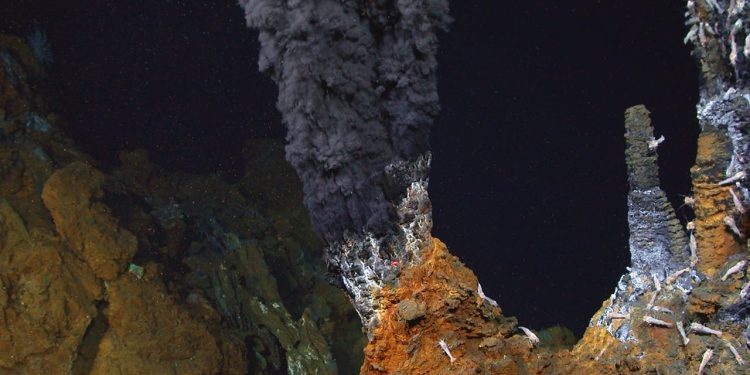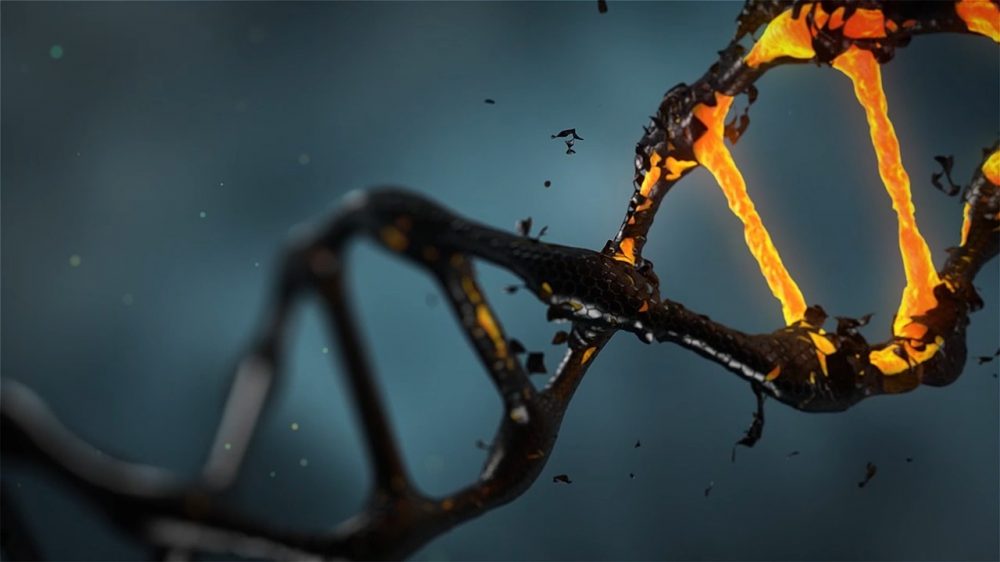Hidden deep within the Pacific Ocean, almost 6,000 meters below the surface in the Mariana Trench, scientists have discovered hydrothermal vents that could hold crucial clues to the origins of life on Earth. A recent study, conducted by researchers from the Riken Scientific Research Institute and the Tokyo Institute of Technology, reveals that these vents can generate energy without the involvement of living cells.
Energy Production Without Life at the Bottom of the Ocean
In this study, researchers examined hydrothermal vents, geological formations where magma-heated water rich in minerals is expelled into the ocean. These vents are significant because of their ability to create nanostructures that act as selective ion channels. Essentially, they function like natural filters, allowing certain charged particles to pass while blocking others.
This selective process results in a small yet crucial voltage difference, a phenomenon similar to how ion channels work in living cells. However, in this case, as explained by Science Alert, no organic matter is involved, which suggests that this energy production—called osmotic energy conversion—could have existed on Earth before life began. This discovery points to a prebiotic world where energy generation might have set the stage for the emergence of living cells.
What Are Hydrothermal Vents and Why Are They Important?
Hydrothermal vents are located in areas where magma heats water that has seeped into the Earth’s crust, pushing it back into the ocean, enriched with minerals and energy. These dynamic environments are thought to play a key role in the origin of life. What sets the vents in this study apart is their complex mineral composition, making them particularly intriguing for scientists.
The researchers took a close look at an 84-centimeter (33-inch) sample of magnesium hydroxide from the vent structures. What they found was remarkable: crystals arranged in straight channels that control the flow of liquids, generating a measurable voltage across the surface. These findings suggest that the same energy processes we see in modern life forms could occur in purely geological environments.
Blue Energy and the Future of Energy Harvesting
While this study primarily focuses on the origins of life, it also opens the door to new applications in energy harvesting. As explained by Science Alert, the concept of blue energy involves generating electricity by harnessing the differences in salinity between saltwater and freshwater, a process that closely mirrors what happens in these natural underwater vents. By understanding the way nature generates osmotic energy, scientists may be able to develop more efficient, eco-friendly, and cost-effective ways of harnessing this energy for human use.
What This Means for Understanding Life’s Origins
Perhaps the most exciting aspect of this discovery is its potential to answer one of the oldest questions in science: How did life originate from non-living matter? This study shows that the conditions for energy generation in deep-sea vents may have existed long before life began, creating a fertile environment for the emergence of living cells.
By studying these natural processes, researchers hope to uncover more about how the basic building blocks of life were formed, not only on Earth but also potentially on other planets (or moons) where similar conditions exist.











